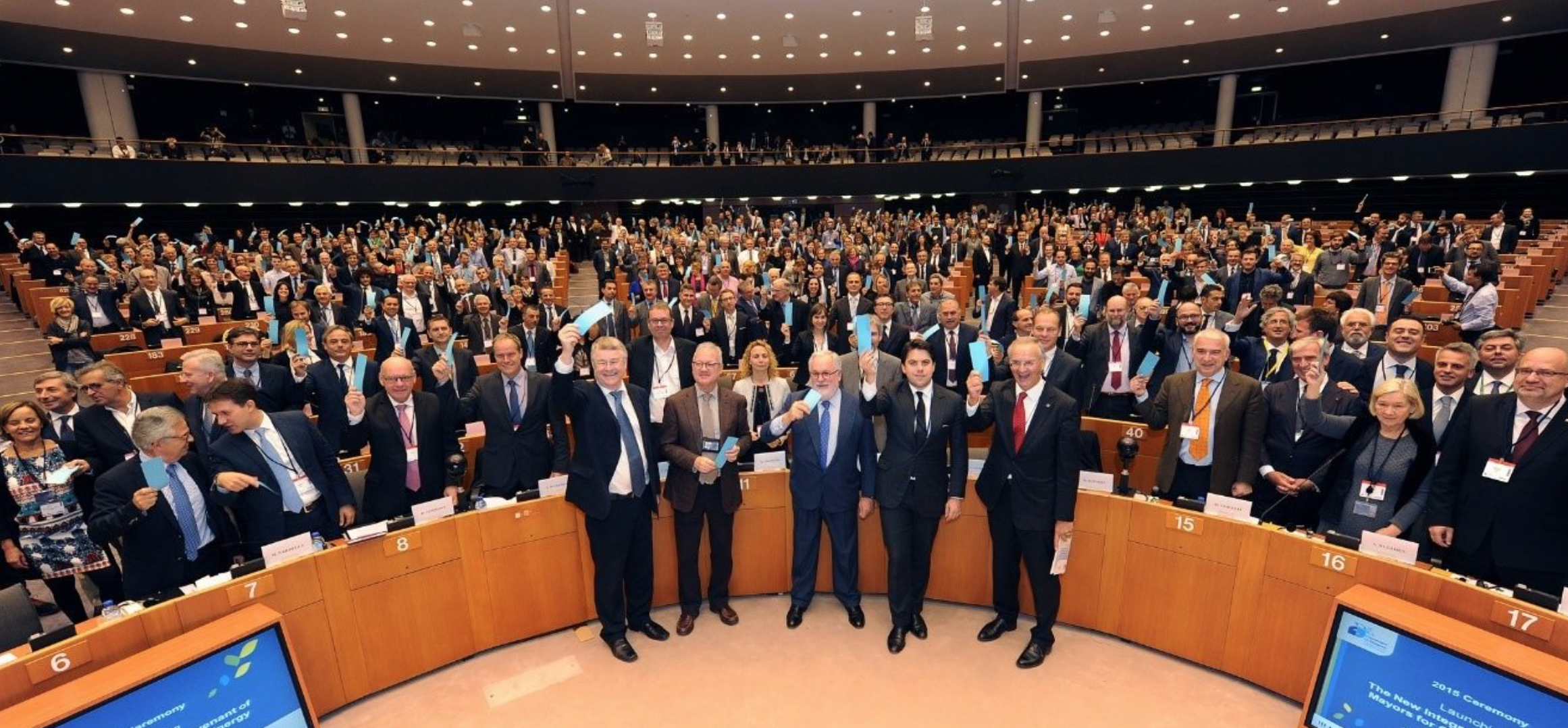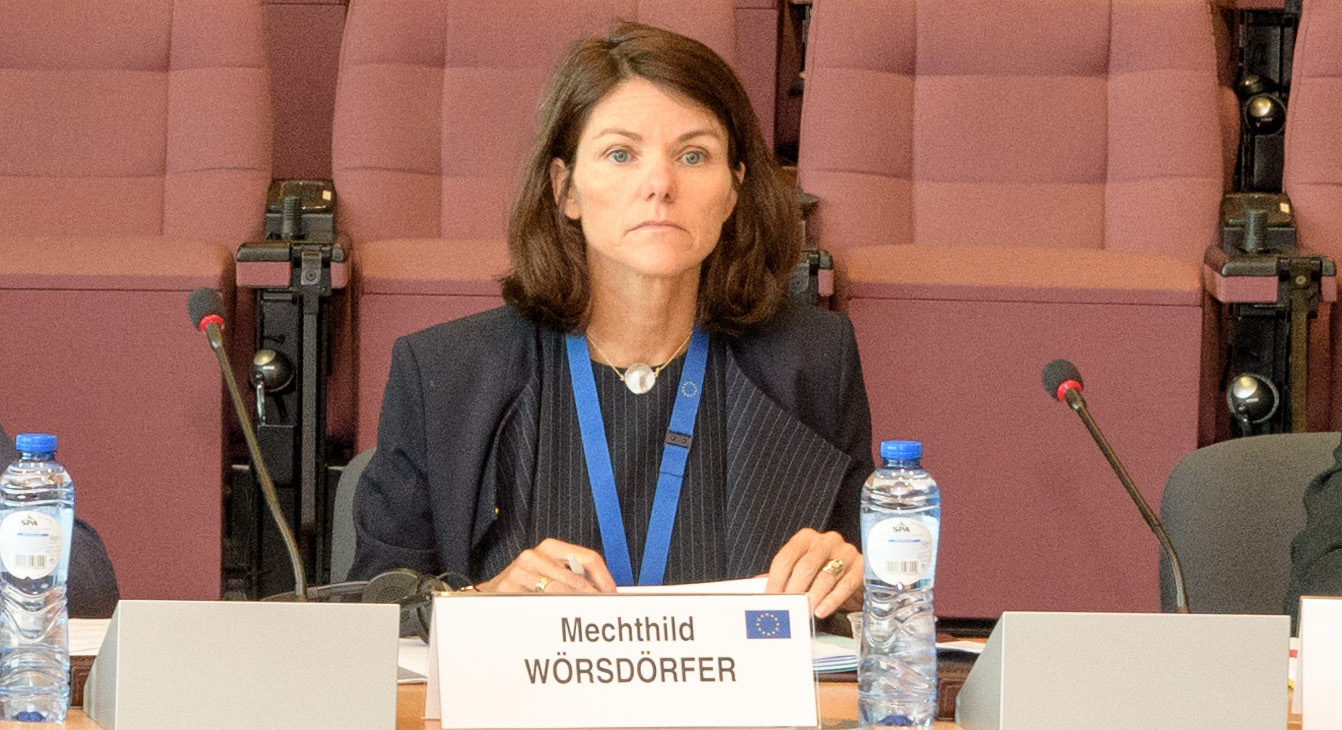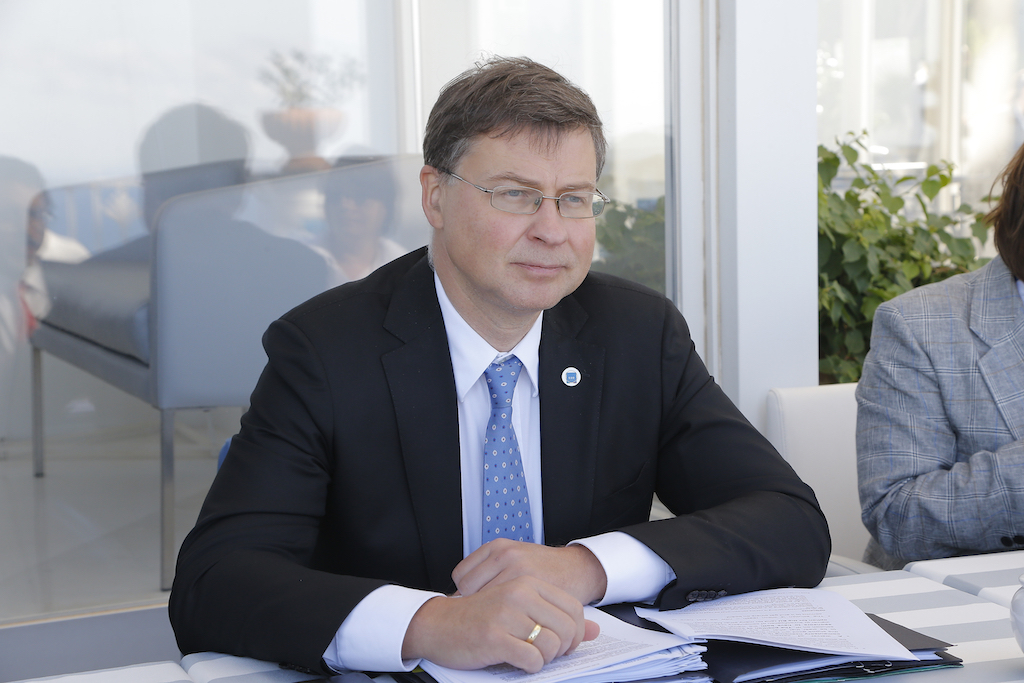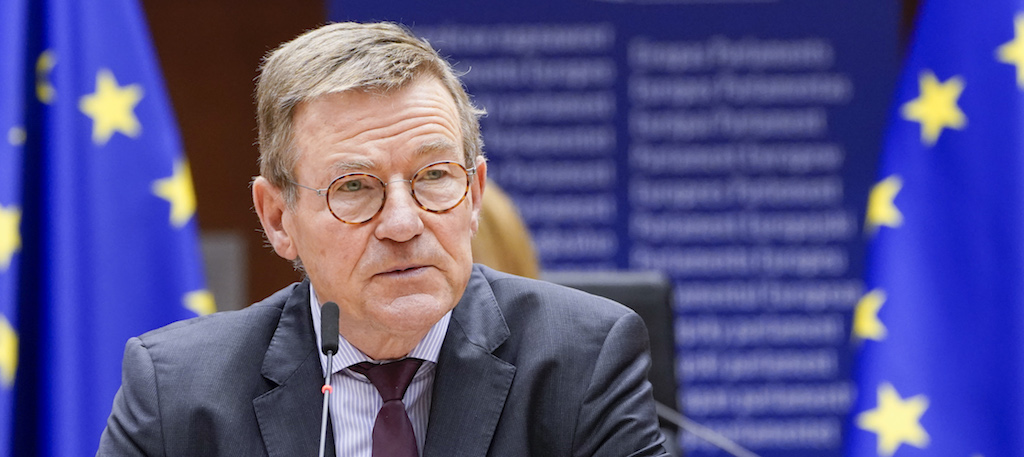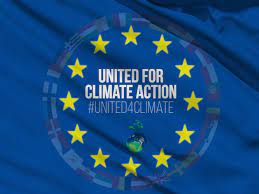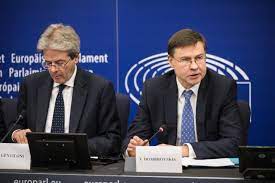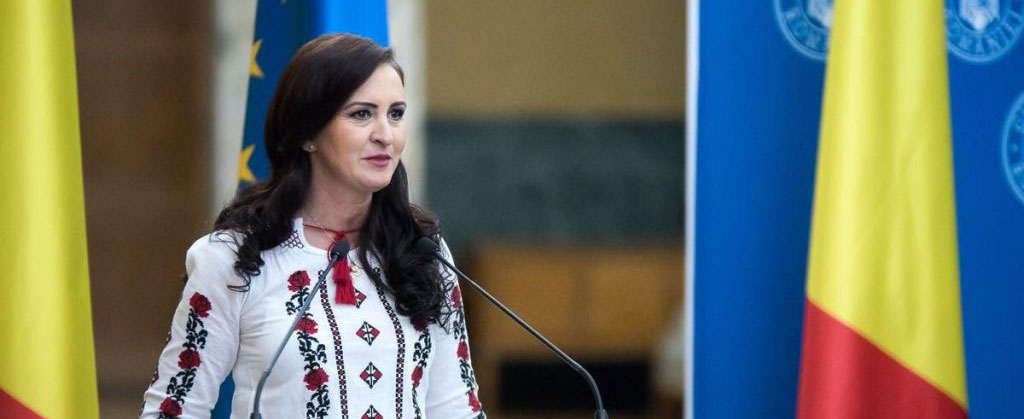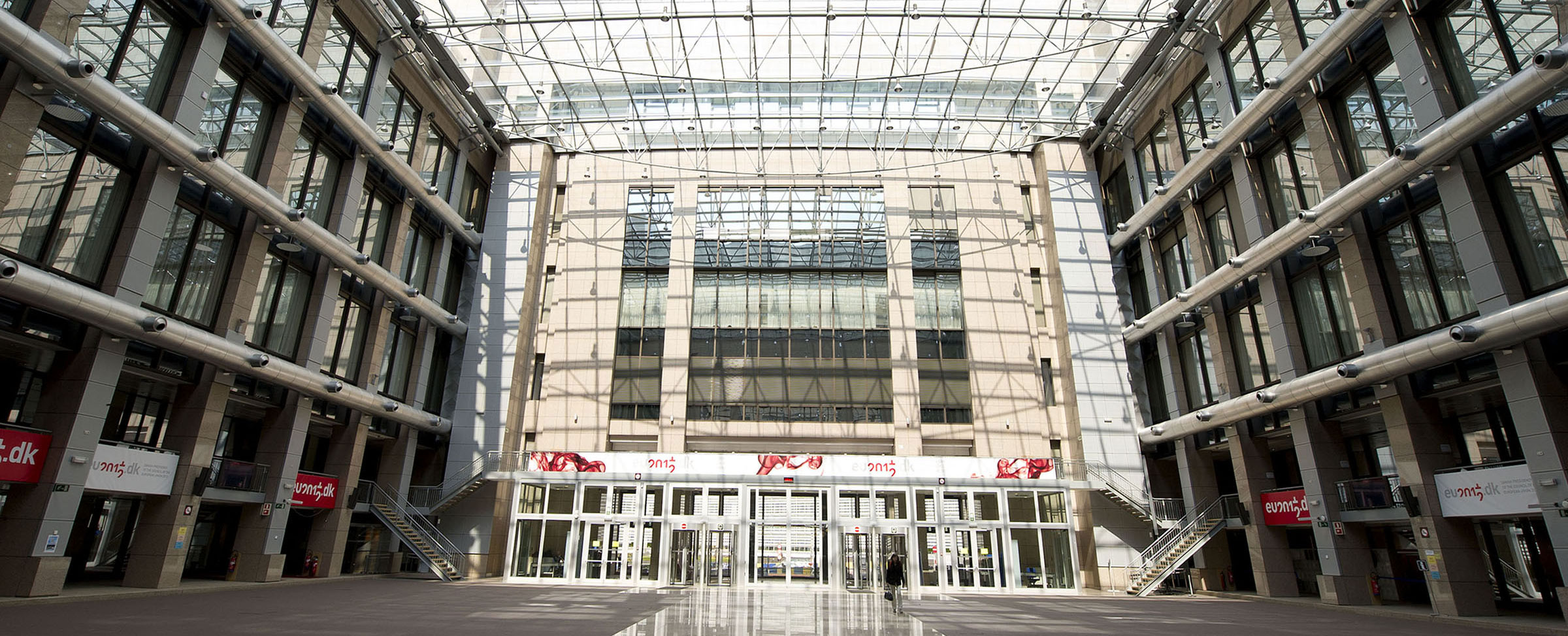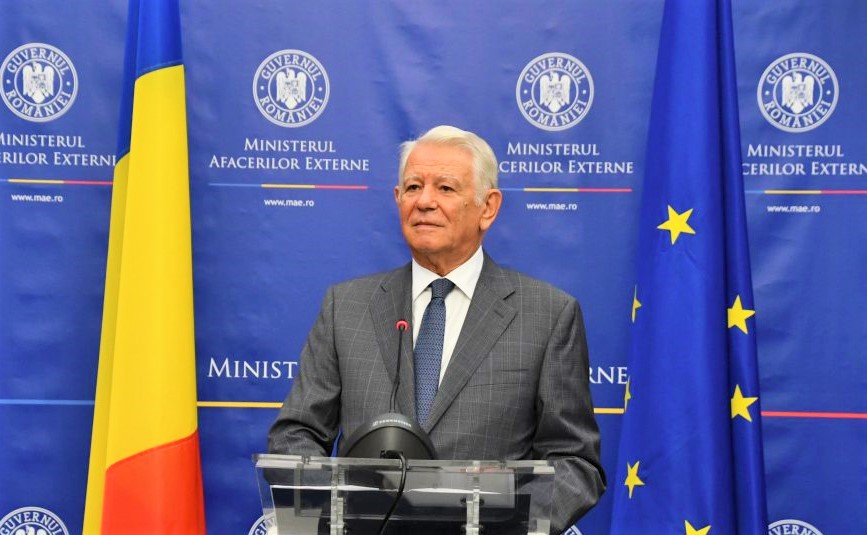
CONVENTION OF MAYORS: A CLIMATE, ECONOMIC AND SOCIAL COMMITMENT
With 230 million inhabitants today, the text launched in 2008 is a success of unequalled magnitude. The action plans of the signatory communities result in massive investments in the energy transition.
How many cities have signed the Covenant of Mayors?
Originally, the European Commissioner for Energy hoped to convince 25 cities, including 15 major ones. Nine years later, the Convention opened to the world. It has 7,300 signatories from 58 countries (including 86 in France), of which 80% in the European Union, totalling 230 million inhabitants. There are both major metropolises, such as London or Paris, but also Quart de Poblet, my little native village, in Spain.
What does the text impose on local authorities?
Joining the Covenant of Mayors is a voluntary initiative. By signing it, the communities formally commit to going beyond the European targets for reducing greenhouse gas (GHG) emissions (- 20% by 2020, – 40% by 2030) but also adaptation to climate change. A third component has recently been added: the fight against fuel poverty. In the two years following the signature, the cities must present an action plan, then a report of the progress of the commitments and finally, an evaluation carried out by an independent third party. Europe provides a framework, but communities are then free to organise as they see fit to achieve the goals they have set for themselves.
What results have been achieved since the launch of the Convention?
Today, 5,600 action plans are in progress, the first having been presented in 2011. On average, the reduction in GHG emissions should reach 27% of GHG emissions by 2020, a gain of a third on the European objectives! But the commitment to the Covenant of Mayors is not only a climatic issue, it is also an economic and social opportunity. By 2030, there were 4,500 cities investing 130 billion euros in building renovation, public transport, infrastructure, decentralised energy production, and so on. A multitude of operations that will also create a lot of jobs.
Does the signing of the Convention give the right to European aid?
Not directly. Otherwise, the whole value of the local initiative, all the political commitment, would be lost. On the other hand and like all the municipalities, the signatories can benefit from the European structural funds which are, henceforth, in France, managed by the Regions, via the regional agencies of the Energy, and with the approval of the State. It would be wonderful if there was more support from the French authorities for the cities that are committed to the Covenant of Mayors, as their interventions are essential to achieving the objectives of the Paris Agreement on Climate Change. In Italy, for example, state subsidies are conditional on the adoption of an energy climate plan that meets our criteria.
What are the relations of the Commission with the conceding authorities, the unions, the governed?
I think that they are absolutely fundamental actors because they have a territorial mission, a sharp know-how and especially, a vision of the energy demand. Because the offer, you have it in France! They also have the political legitimacy to establish a counter-power to the quasi-monopoly of the incumbent operator.




